Travel Destinations
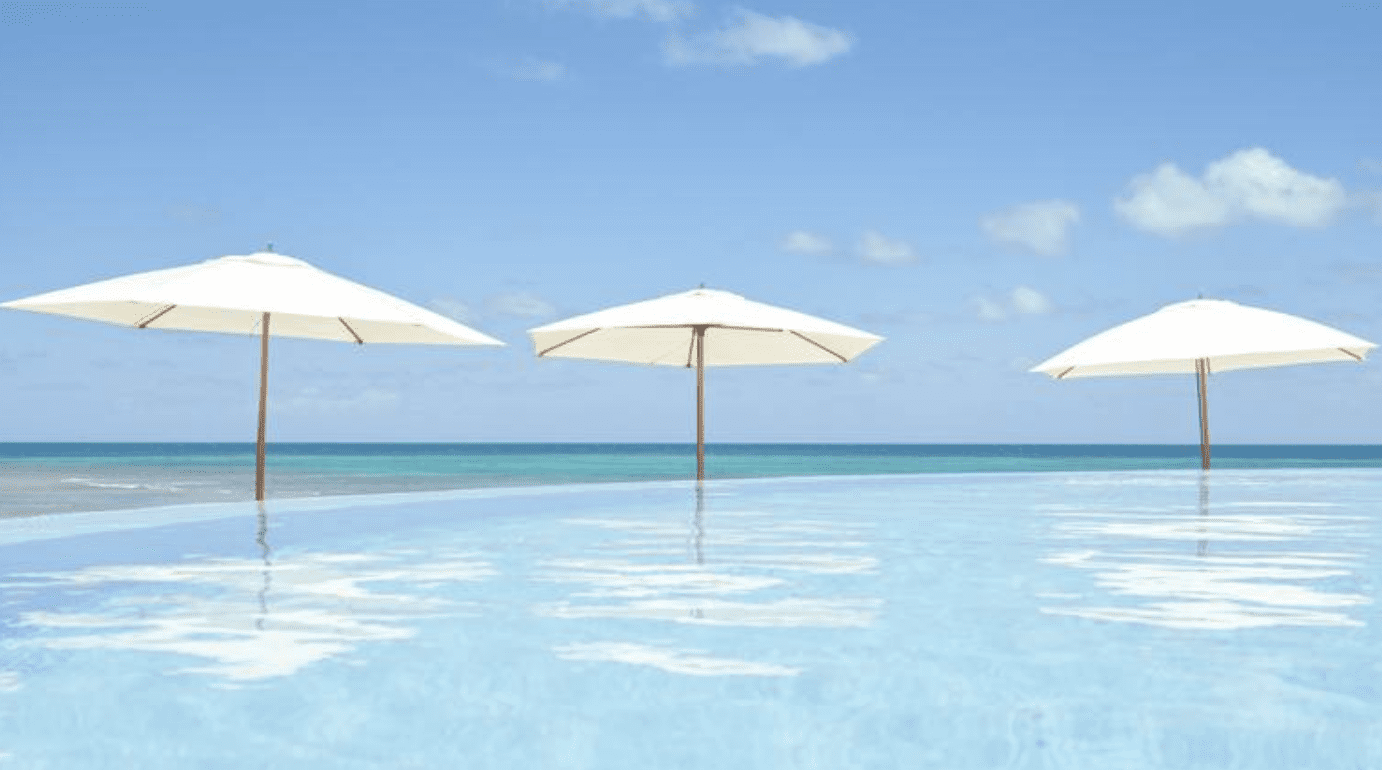
Twenty years from now you will be more disappointed by the things you didn’t do than by the ones you did do. So, throw off the bowlines. Sail away from the safe harbor. Catch the trade winds in your sails. Explore. Dream. Discover.
Mark Twain
Buys & Dies – The Best Way to Navigate Travel – Rome 2 Rio
Rome2rio is an American online multimodal transport search engine helping travelers travel from any location in the world. Based in Melbourne, Australia and owned by Omio.
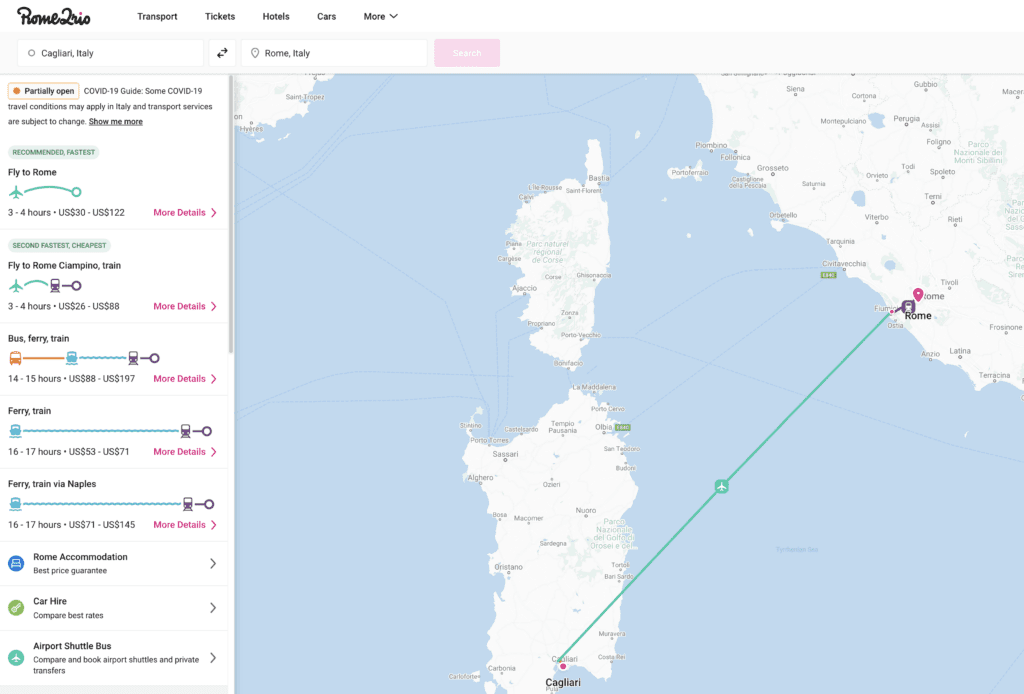
Rome2rio makes travel planning easy. We are a door-to-door travel information and booking engine, helping you get to and from any location in the world safely.
Enter any address, landmark, or city as your destination and we will instantly display all your travel and booking options, along with information about accommodation and things to do, in one convenient spot.
Whether you’re after flight, train, bus, ferry, rideshare or rental car info, we’ve got estimated prices, journey durations and booking details from over 5000 companies in more than 160 countries – making us one of the top online travel resources used globally.
Download the Rome2RIo app, so you can plan your journey while you are on the road, wherever you are.
Travel Destinations – Private Jet vs. First Class
Travel Destinations – rent a seat or rent a plane? Whether it’s a business trip or a vacation, a chartered jet allows you to maximize your time at your destination and minimize the number of hours and hassle you spend traveling.
First class and sometimes business class is also a luxurious way to travel, even if it means you have to put up with crowds at airport security and other discomforts of commercial flights. Assuming cost is not a negating factor, here is some information that may help you make your decision to fly private or commercial.

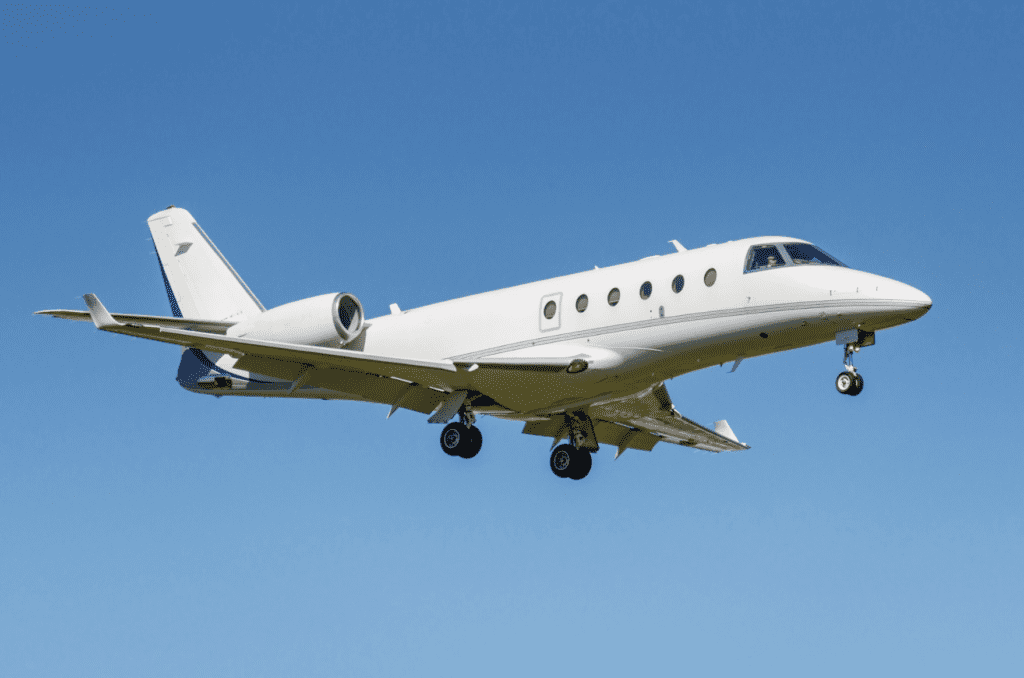

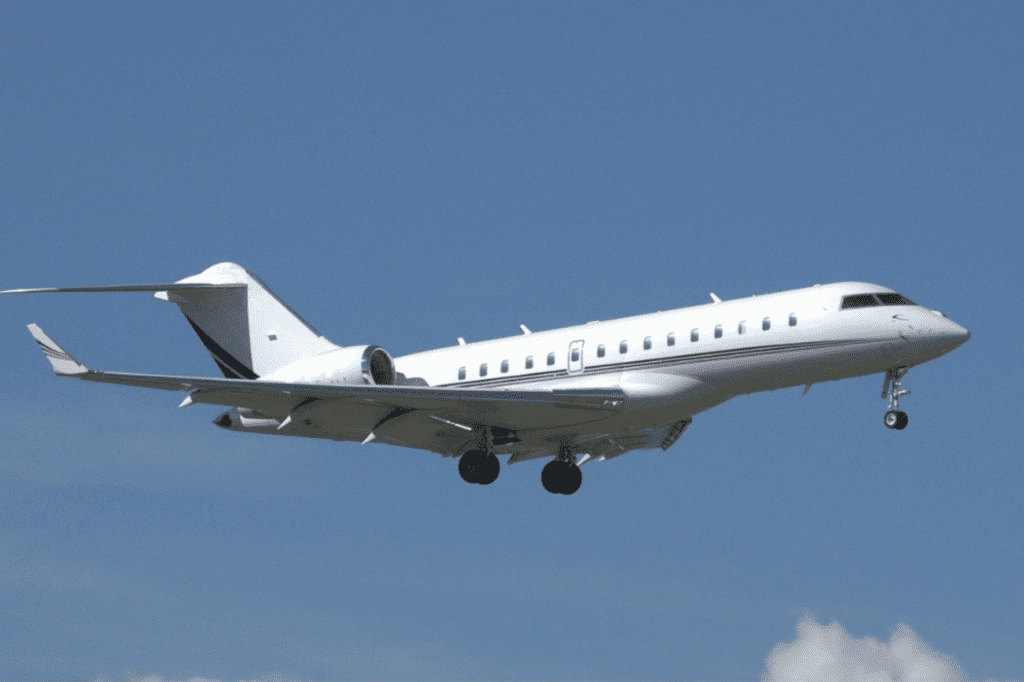
Even if your budget permits private travel, the price range of private travel is quite wide. For example, Light Jets start at $2,800 per hour,Mid-Size Jets start at $3,800 per hour, Super Mid-Size Jets start at $4,500 per hour, Large Cabin Jets start at $6,500 per hour. On a commercial aircraft, you rent a seat.
On the other hand, first class tickets may range from a few thousand dollars to ten thousand dollars. Then, the question is, how many people are traveling.
On any private jet charter you will always receive VIP catering, which on short flights usually includes cold meats, salad, fruit, sandwiches, or pastries. Champagne is always available on board, as is a range of soft drinks, tea, and coffee. However, you can request any sort of amenity to be available for you during your flight.
Long trips require a larger, more expensive plane with a longer range. This factor usually makes a commercial flight considerably less expensive unless there is a very large group of travelers that would have otherwise bought first-class seats.
Commercial aircraft only have access to the largest airports. If the traveler’s destination is well outside the nearest metropolitan area, flying private does eliminate time and cost of the last mile of transportation.
Customers flying privately can also bring pets—as well as golf clubs, skis, and other bulky items that don’t easily fit on commercial aircraft. They also avoid the risk of losing these items in checked baggage. In addition, private planes may provide easier access for elderly, handicapped, or injured travelers, as well as better accommodating wheelchairs and other equipment.
Another key issue for private flying is the need for privacy. With commercial flights, you share the trip with strangers. But, when you fly private flight with your family or friends you can relax among people you know.
There’s also the reliability factor. Not making it to your destination because a flight was canceled could be a risk that some people cannot take. It’s likely that most people who charter flights do it because they just don’t want the hassle of flying commercial, and money is no object. Compared to ever-increasing first-class rates, it might be marginally more affordable than many people imagine, especially those traveling as a group.
Travel Destinations – Private Jet Resources
The Guide to Flying Private >>
25 Things About Private Jets >>
Travel Destinations – What is a 5-Star Hotel?
Travel Destinations – Five-star hotels are properties that offer their guests the highest levels of luxury through personalized services, a vast range of amenities, and sophisticated accommodations. Though there is no standard rating system for hotels, properties earn five-star distinction by providing guests experiences that meet or exceed even the highest of expectations for comfort, décor, and luxury.

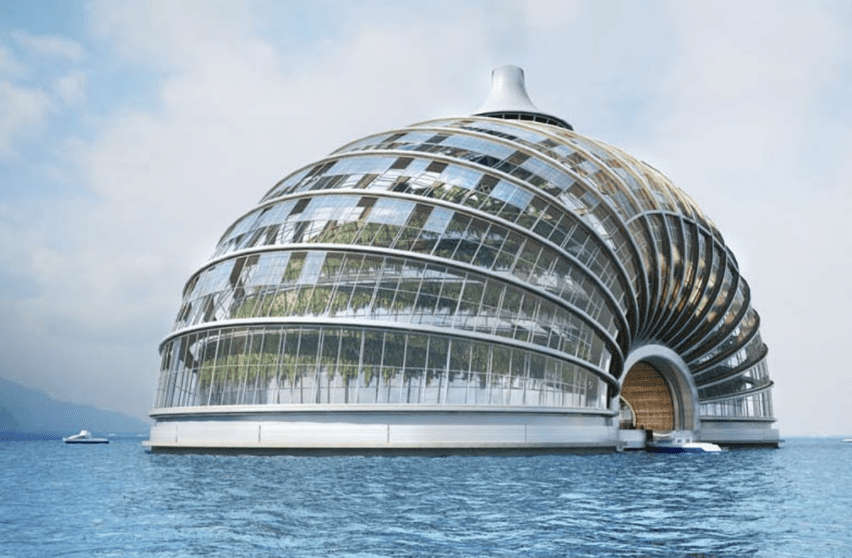
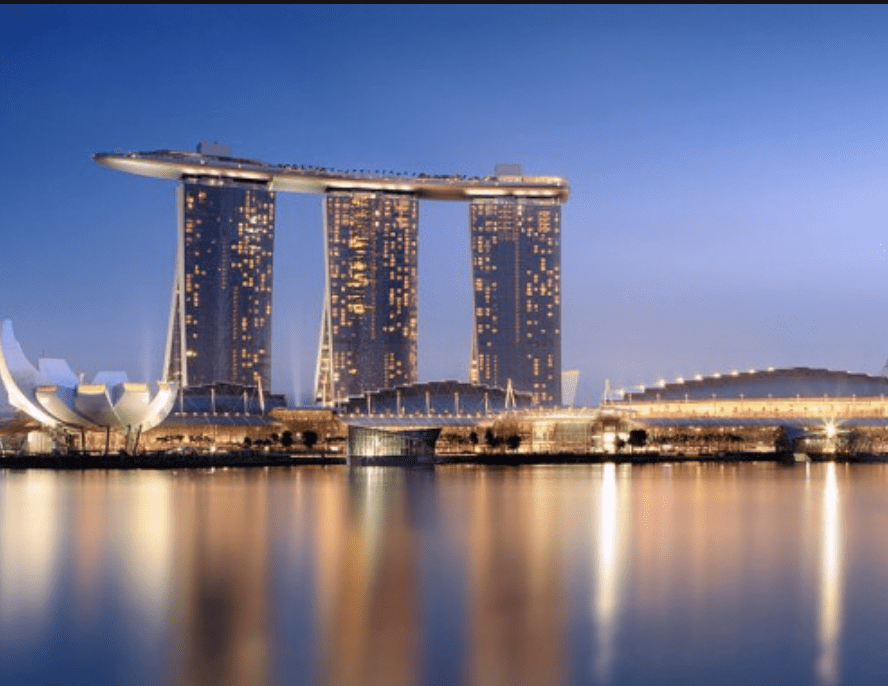
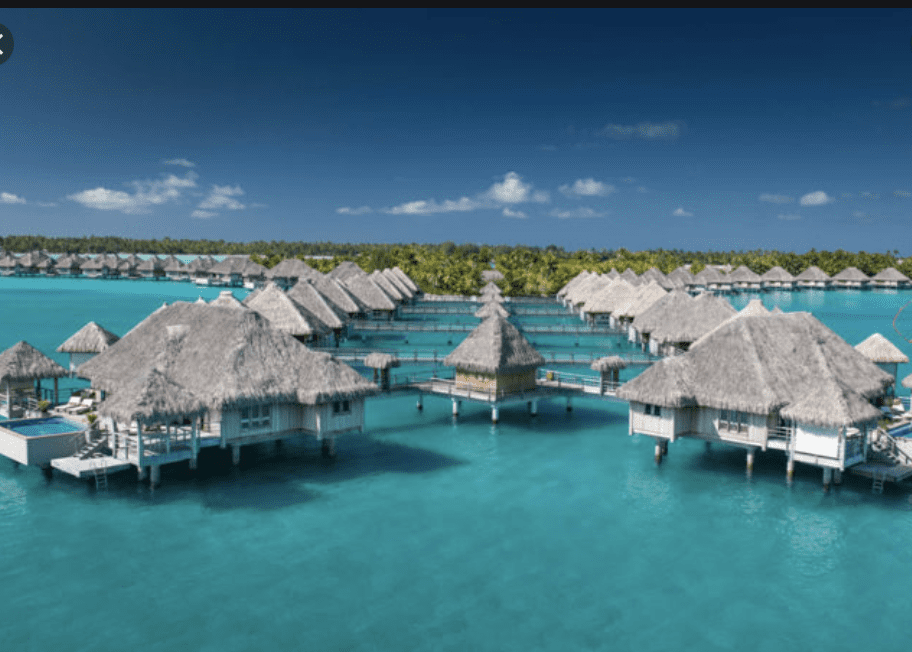
Travel Destinations – 5 Star Hotel Criteria
Though a luxury hotel may share many five-star hotel characteristics, a true five-star hotel should satisfy all these criteria:
5-Star Service
Five-star hotel employees should be polite, attentive, discreet, and can anticipate guests’ needs. All-in-all, consistently flawless excellence is the expectation.
Standalone concierge staff available at least 16 hours a day
A high staff-to-room ratio—ideally above 2.5
Multilingual staff
24-hour reception, room service, valet parking, butler, doorman
Nightly turndown
Daily housekeeping that is also available upon request at any time
Laundry, ironing, dry cleaning, and shoe polishing
Guest elevators separate from staff elevators.
Luggage storage in which bags are out of guest view
Fine dining restaurant(s) and a standalone lounge and/or bar
Transfers and executive or house car
Childcare
5-Star In-Room Amenities
Electric safe
Laundry bag
Full-length mirror with lighting
Flat-screen TV with international programming
Stocked mini bar
Selection of daily newspapers
Wifi
At least four types of spa treatments
5-Star Comfort
Guest rooms must be plush and inviting—especially the bed. (Ideally, there is a memory foam bed with high thread count sheets
Pillow menu
Blackout shades
Bathrobes, slippers, luxury toiletries, and large fluffy towels
Poolside daybeds, umbrellas, lotions, ice water, attendants, and food and beverage service
As more hotels aspire to five-star quality, we expect to see the very best hotels advance the standards of luxury. Here is what will become standard to all five-star hotels soon:
Communication with hotel staff via text
Remote access to room lighting, climate, and “do not disturb”
Additional outlets for personal electronics, especially for USB plugs
Upgraded coffee machines
Smart TV features with access to streaming services
Bluetooth-enabled door locks
5 Star Hotel Criteria Checklist
Multilingual staff with a high staff to guest ratio.
A 24 hour reception desk, valet parking, butler services, a doorman greeting every guest at the entrance, and separate concierge staff available at least 2/3 of the day.
Separate elevators for guests and hotel staff.
High speed Internet Wifi.
Luggage storage services with enough space to store all guest luggage out of sight – both within guest room and public spaces.
A fine-dining restaurant and a separate lounge or bar.
Nightly turndown and full housekeeping services each day also available to each guest upon request at any time. Also – laundry, ironing, dry cleaning, and shoe polishing services.
In-room features: room service 24 hours a day, window shades with full light blocking features, electric safe, laundry bags, full length mirror with lighting, exercise programs, remote controlled flat screen television, national and intl’ tv channels, all electronic cables and cords hidden from view, choice of pillows (pillow menus), high wattage hair-dryer, fully stocked mini-bar, multiple daily newspaper choices, and more.
Spa services with at least 4 different types of treatment – and available in-room.
Transfers and executive or house car services.
All bedrooms with private bathroom. Amenities: bathrobes, slippers, brand name toiletries, and large heavyweight towels.
Meeting space choices with the latest AV technology, business services, and support for in-house IT.
Poolside amenities such as daybeds, umbrellas, lotions, ice water, attendants on duty. Food and beverage service must be available poolside.
Vetted child-care services.
Currency services.
Flawless, personalized, and consistent service.
Who awards hotels 5 stars?
There is no universal standard for hotel ratings.
Terms such as Deluxe/Luxury, First Class/Superior, Tourist Class/Standard, and Budget Class/Economy are more widely accepted as hotel types, not hotel standards.
In North America, AAA rates hotels from 1 to 5 diamonds. The Forbes (Mobil) Travel Guide only ranks 4- and 5-star hotels.
In Europe, the Hotelstars Union has standard hotel star ratings applicable to properties for more than 15 countries. Switzerland uses hotelleriesuisse which confirms a certain level of quality service, infrastructure, and equipment. The UK uses the Automobile Association’s (AA) 1-to-5 star ratings.
Many other nations have laws to define hotel rating criteria.
In New Zealand, Qualmark, part of Tourism New Zealand, grades hotels from 1 to 5 stars.
In Australia, the Auto Clubs (NRMA, RACV, RACQ, RAC, RAA and RACT) have awarded hotels star ratings that incorporate guest feedback. The ratings are now managed by the Australian Tourism Industry Council (ATIC).
In the Philippines, the Department of Tourism maintains hotel rating standards with a system that grades properties between 1 and 5 stars.
The Tourism Grading Council of South Africa (TGCSA) grades hotels based on strict criteria and conditions in six categories.
India’s classifications are handled by the Ministry of Tourism’s Hotel and Restaurant Association Classification Committee (HRACC). The categories are 1 to 5 Stars and 5 Star Deluxe as well as categories for heritage: Heritage Grand, Heritage Classic, and Heritage Basic.
While it might be great for marketing, there are no 7-star or 6-star hotels.
In addition to meeting the criteria above, all of the Five Star Alliance hotels must maintain a high degree of satisfaction from guests across review sites and via feedback provided directly to us.
Travel Destinations – What is a Michelin Star?
A Michelin star is the ultimate hallmark of culinary excellence. Michelin stars are awarded to restaurants judged to be of the highest standard. Restaurants that qualify may be awarded one, two, or three stars, and the accolade is much-coveted by chefs around the world.
The star system was first introduced in 1926, with a single star denoting “a very good restaurant”. The second and third stars were added in 1933, with two stars meaning “excellent cooking that is worth a detour”, and three stars “exceptional cuisine that is worth a special journey”. The Michelin Guide has been published annually since 1900 and relies on Michelin Inspectors and the rigorous system of testing that has made the Michelin Guide the fine-dining bible it is today.
One Star: A good place to stop on your journey, indicating a very good restaurant in its category, offering cuisine prepared to a consistently high standard.
Two Stars: A restaurant worth a detour, indicating excellent cuisine and skillfully and carefully crafted dishes of outstanding quality
Three Stars: A restaurant worth a special journey, indicating exceptional cuisine where diners eat extremely well, often superbly. Distinctive dishes are precisely executed, using superlative ingredients.
New York City
In 2018, 72 New York restaurants received a Michelin star rating.
San Francisco
In 2018, 55 San Francisco restaurants received a Michelin star rating.
Chicago
In 2018, 25 Chicago restaurants received a Michelin star rating.
Washington. D.C.
In 2018, 14 Washington, D.C. restaurants received a Michelin star rating.
Inspectors remain anonymous to avoid being given preferential treatment and undergo official Michelin Guide training in France. The rating criteria is the same for each restaurant, focusing on the quality of the ingredients, cooking techniques and, most importantly, taste. Michelin stars are awarded solely on the standard of cuisine.
Restaurant owners are not told when the inspection will take place, and an inspector may return around 3 to 6 times before reporting back to their fellow inspectors, who then come to a joint decision about whether or not to award stars.
Michelin stars are awarded to restaurants, rather than to individual chefs, so chefs who run more than one establishment can hold more than three stars. The record for most Michelin stars ever belonged to the late Joël Robuchon, who once held an impressive 32 Michelin stars in total.

One Michelin Star
‘High quality cooking, worth a stop!’, according to the current Michelin Guide. One Michelin star may be the lowest award, but it is still a high accolade and may denote a new cooking talent who could be one to watch in future. Only a tiny proportion of restaurants worldwide hold even one star – the city with the most is currently Tokyo, with 161 restaurants boasting one Michelin star out of the tens of thousands of across the city.

Two Michelin Stars
‘Excellent cooking, worth a detour!’, according to the Michelin Guide. Restaurants with two Michelin stars are even rarer, with only 414 worldwide at the beginning of 2020.
Two-star restaurants offer consistently high-quality food and are owned by some of the best chefs in the business. They are likely to be well-known establishments in the world of fine dining, and many will have long waiting lists for reservations.

Three Michelin Stars
‘Exceptional cuisine, worth a special journey!’, according to the Michelin Guide. Three stars are awarded to only the very best restaurants, with only 137 restaurants worldwide currently attaining this highest of all badges of achievement.
Three-star restaurants offer the ultimate in fine dining and are run by chefs recognized the world over for their contribution to the culinary arts. These restaurants are as good as it gets, offering a once-in-a-lifetime dining experience, and are always in high demand.
Travel Destinations – More Travel Resources
List of Michelin Starred Restaurants in San Francisco Bay Area
A Comprehensive List of Michelin Star Restaurants in the United States
List of Forbes Travel Award Winners WW >>
Best Restaurants in Wine Country >>
The Best Lunch Spot in Bolgheri >>
